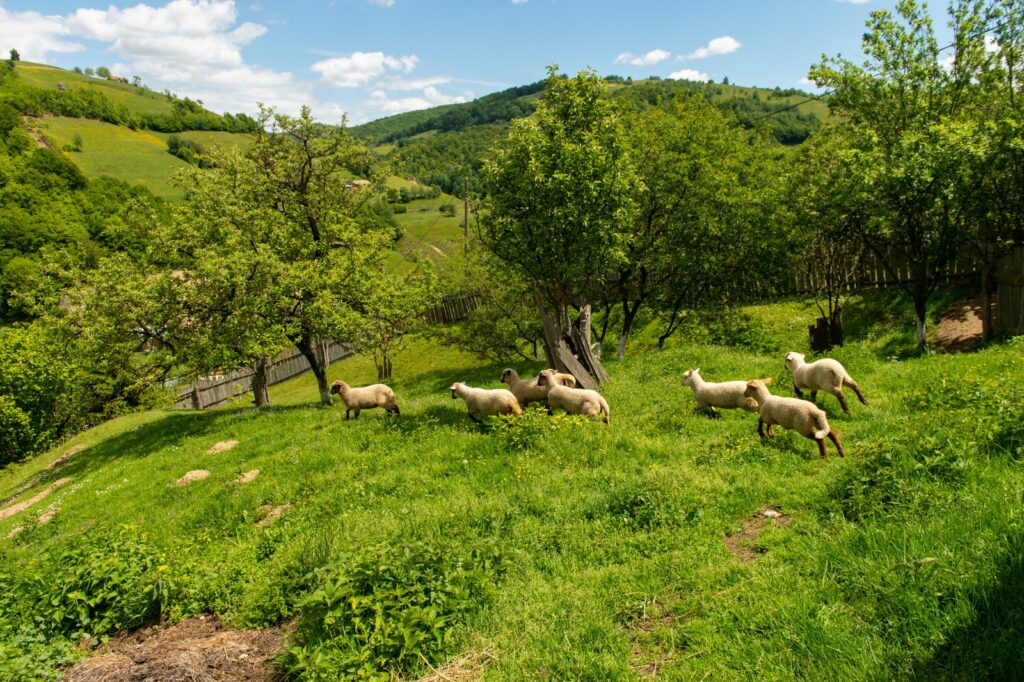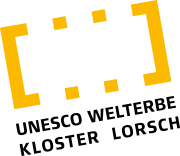
High Value Nature Farming
As several scientific studies have shown to date, traditional farming methods, pastoral systems and small-scale circular farming systems are associated with a high level of biodiversity. The great structural diversity and highly varied use creates niches and habitats for a large number of rare plant and animal species. It is significant that this particularly valuable management system of our cultivated landscapes still receives insufficient support from agricultural funding systems or political decision-makers. In many regions of Europe, these systems can now often only be observed in low mountain regions that are not particularly densely populated.
Of central importance here is the fact that, although specialist studies give working horses a major role in the management of such areas, draft cattle are once again not given any consideration. For this reason, the Draft Cattle Center, under the leadership of the author, has begun a comprehensive study in various selected regions and farms with draft cattle use to work out the essential importance of cattle traction for the functioning of these high-quality circular agricultural economies. An initial study was launched in May 2024 in a Romanian low mountain region in Brașov County.
A combination of photo-documentary elements, whether through on-site photography or drone images, the documentation of all structural elements on the farm sites and the comparison with databases on flora and fauna should enable a deeper understanding of the role of draft cattle in the respective farm cycle. At the same time, it will help to build up a greater appreciation of draft cattle and, above all, that the people who live in these environments should be better protected and promoted.

